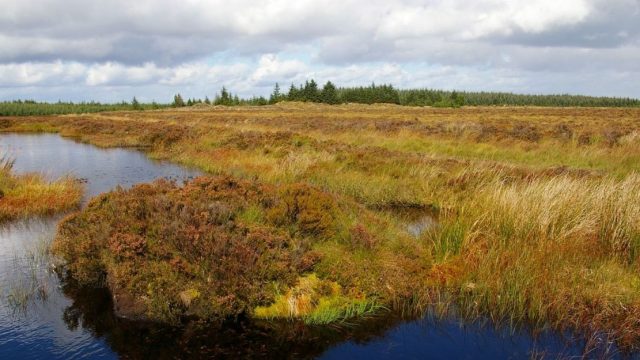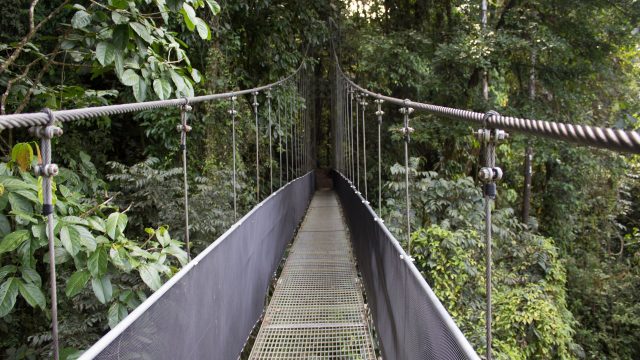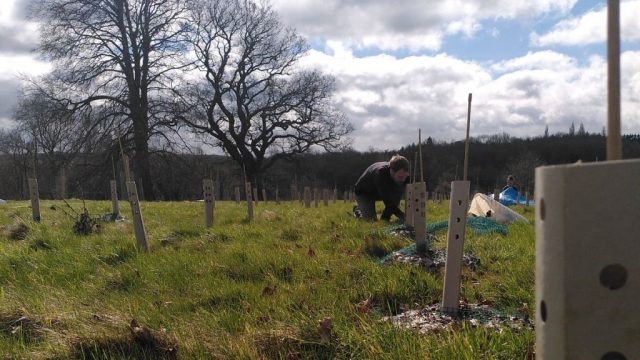EveroZero – Update for a more normal year of operations
Published December 2022
Everoze started working on a decarbonisation plan for the company’s emissions in 2019 and has committed to both rapidly reduce its own emissions while investing in accelerated carbon removal schemes to achieve effective net-zero emissions. Here we provide an update on the three steps we are undertaking to ‘walk the talk’ of our company mission to accelerate the transition to a decarbonised energy system. As an update to our emissions baseline exercise and last year’s covid-influenced update, we are pleased to update our tracking for a more normal year of operations in 2021/22.
Decarbonisation plan
We targeted emissions reductions of 40% of the 2019 baseline by 2030 and to reach a stable minimum level by 2040 (see above link). We continue to seek opportunities to accelerate this plan. Since publication of our plan, we have set up monitoring tools to check results against CO2 budget. This also helps to further develop our individual understanding of emissions in our day-to-day activities including travel and purchases (scope 3 as well as scopes 1 and 2).
- Our full year emissions for our financial year 2021/22 are for 88.1 tCO2e against a baseline 2019/20 level of 125.6 tCO2e and 74.4 tCO2e in 2020/21 (covid-related reductions).
- Figures on a headcount basis are 2.3 tCO2e/pp baseline and 1.3 tCO2e/pp in both 2020/21 and 2021/22.
As we appeared to have quickly achieved a 40% reduction from our baseline, we spent some time investigating whether we had delivered real behaviour-based reductions or whether our original baseline included over-estimates in any individual categories. The assessment indicates some potential overestimates (or the order of 15 tCO2e) in our baseline-building energy calculations, which were originally based on standard metrics and the office space, rather than meter readings. The most significant change has however been within our aviation emissions which have reduced from 55 tCO2e to 6 tCO2e and which are behaviour based; this is from a change in the way we schedule trips, our increased use of local subcontractors to conduct site visits, reduced in-person attendance at business development events such as conferences and reduced projects involving long haul flights. It’s a huge change and really shows how drastic changes can be made without negatively impacting the work delivery or the underlying bottom line of the business.
Some of our emissions in the year have been conduced under work where we have acted as a subcontractor to a client team, and these emissions were excluded from our calculations due to the boundaries we set for our original tracking. While we are pleased at the way our every-day aviation emissions have reduced, we recognise that the exclusion of a category of flights that we are taking presents a potentially misleading number. More importantly, since we are unsure how such emissions are being mitigated by our client, we have decided to wider our calculation boundaries and re-introduce these emissions for future calculations.
For flights that we cannot avoid, we have continued with the flight levy introduced in 2021 – this is a levy of £30/€34 each way for a short haul flight and £30/€34 per 1000 km for a long-haul flight – and which contributes to our mitigation costs (see below).
Mitigate residual emissions effectively and responsibly
This summer we checked in on the progress with the mitigation strategy adopted in 2021, as shown in the following links:
Following review of progress of these schemes and positive feedback on the impact of our contributions, we’re delighted to be progressing ongoing investment into these schemes.






